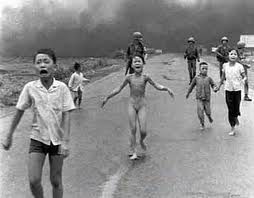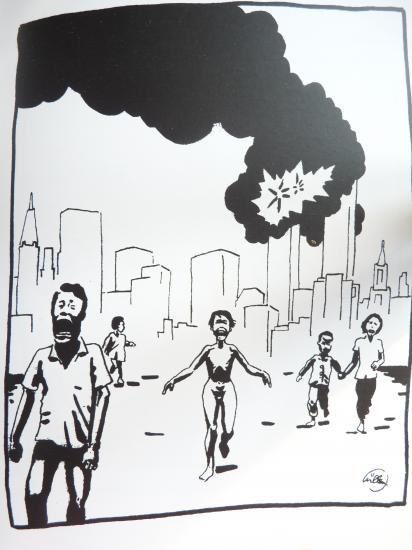On December 1955 in the city of Montgomery, Alabama, a Black woman called Rosa Parks
refused to give up her seat to a white man on a bus.
She was actually sitting in the "colored" section of the bus but because there were no more free
seats in the "white" section, the bus driver had asked Rosa to move. The police came and she
was arrested and put into prison.

A young Black baptist preacher Martin Luther King came to Montgomery and organized a bus
boycott in the city. During a whole year, Black people refused to get into a bus and the company
almost went bankrupt. In 1956, all buses in Montgomery were desegregated. Non-violence had
triumphed!
A song by the Neville Brothers Sister Rosa Parks (1994) is about the story of this amazing
woman who was the first to revolt against the Jim Crow Laws.
In 2002, the movie Rosa Parks Story was released.
Soon after, Martin Luther King became the leader of the civil Rights Movement in the USA. He
organized other boycotts and sit-ins such as the famous lunch bar sit-in in 1961.
In 1963, he led the huge March on Washington. Thousands of people joined the march where
he delivered his famous speech "I have a dream". 

In 1964, Martin Luther King received the Nobel Prize for Peace and he was assassinated in
1968.
The singers Bob Dylan and Joan Baez were famous musicians who campaigned for Civil Rights
for African Americans. Baez joined Martin Luther King's March on Washington in 1963 and sang
the well-known protest song "We shall overcome".
The Montgomery bus boycott sparked many other non-violent actions.
In february 1960, some students in Carolina had a sit-in at a lunch counter in a white restaurant.
They were arrested but other students replaced them. 
Their action lasted 6 months, until segregation ended in all the restaurants of the city. After a
while, the movement spread to public parks, beaches, churches or cinemas all over the Southern
States.
In Education, the Jim Crow Laws forced Black and White children to go to separate schools.
In 1960 in Louisiana, it was decided that segregation in public schools was over. A 6-year-old
girl called Ruby Bridges became famous after being the first Black child to integrate a white
school in New Orleans. To protect her from furious white activists, she was taken to school by
4 Deputy Marshals every single day. 
A Walt Disney movie called The story of Ruby Bridges was released in 1998.
The famous American painter Norman Rockwell illustrated this episode in his work untitled
"The problem we all live with" in 1963. The Painting represents the young Ruby proudly walking
to school in her bright white dress, surrounded by the Deputy Marshals.

In 1964, President Johnson signed the Civil Rights Act, officially ending segregation in all public
places. One year later in 1965, the Voting Rights Act allowed the African-American to vote.
During the Mexico Olympic games in 1968, two Black American athletes won the gold and
bronze medals for the 200 meter race. They stepped onto the podium without their shoes but
wearing black socks (symbol of African-American poverty). When the American anthem was
played, theyraised one black-gloved fist and bowed their head.
This Black Power Salute shocked the national team and they were immediately banned. But
that strong and meaningful gesture became a symbol of the struggle against segregation.
The 2008 movie Salute is about that famous event. 
Malcom X was also famous for his fight against segregation. But contrary to Martin Luther King,
he was in favour of violent actions against the white population. Malcom X was the father of the
Nation of Islam and of the Black Muslims. He deeply believed in the superiority of the
black race and wanted the right to vote for all African-Americans. 

 Our work is untitled "From slavery to the White House".
Our work is untitled "From slavery to the White House". 
























